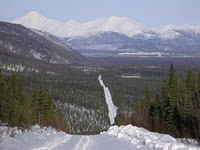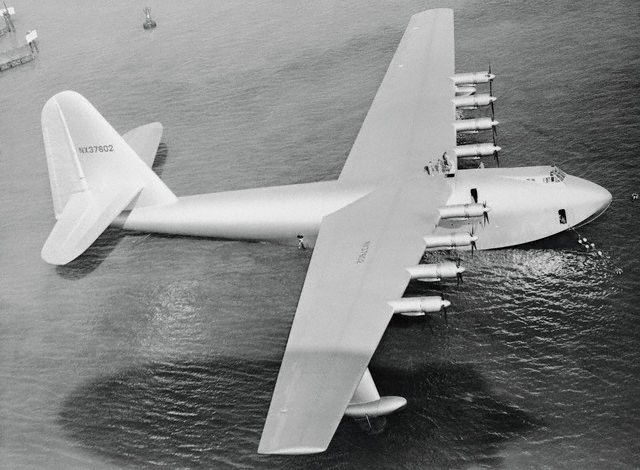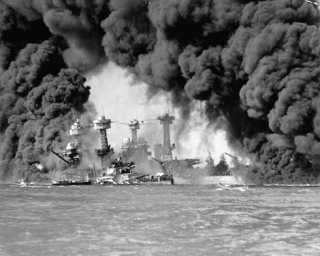Fun Facts About Alaska
 In 1867, United States Secretary of State William H. Seward offered Russia $7,200,000. How much was that per acre?
In 1867, United States Secretary of State William H. Seward offered Russia $7,200,000. How much was that per acre?
two cents.
Where does the word ‘Alaska’ come from?
An Eskimo word Alakshak meaning great lands or peninsula.
 How many times could Rhode Island fit into Alaska?
How many times could Rhode Island fit into Alaska?
425.

What is Alaska’s official state sport?
dog mushing. The Alaska Legislature adopted this in 1972.

Anchorage, AK
What is Alaska’s largest city in population?
Anchorage. Alaska’s second largest city is Fairbanks. The third is Juneau.
On what date did Alaska officially became the property of the United States?
October 18, 1867. The purchase of Alaska was called ‘Seward’s Folly’ by many Americans.

What is Alaska’s official state gemstone?
Jade.

Alaska State Flag
In what year did Bennie Benson design Alaska’s state flag?
1926. Bennie Benson was only 13 years old when he designed Alaska’s state flag.

Mt. Augustine
In what year did Mount Augustine erupt?
1986. Mt. Augustine is 104 miles southwest of Anchorage.

Tongass National Forest
True or False? Alaska contains the largest national forest in the United States.
True . The name of this forest is the Tongass National Forest.

Juneau, capital of Alaska
True or False? Juneau is only accessible by boat or plane.
True . It is the only capital city in the United States that is only accessible by boat or plane.

Prospect Creek Camp
What is the lowest recorded temperature for Alaska?
-80 degrees F. This temperature was recorded at Prospect Creek Camp in 1971.
How many rivers does Alaska have?
Over 3,000. The largest of these is the Yukon, which flows for 1,980 miles into the Bering Sea.

Barrow, AK
What Alaskan city is the northernmost in the US?
Barrow. It’s only 800 miles from the North Pole. Wonder if Santa stops there first?

Libby Riddle
What is Alaskan Libby Riddles noted for?
First woman to win the Iditarod. In 1985 she won the Iditarod, Alaska’s famous 1,049-mile dogsled race. Her time, from Anchorage to Nome, was 18 days, 2 minutes, 17 seconds.

Sitka, former capital of Alaska
What was the capital of Alaska when it belonged to Russia?
Sitka.
Which Alaskan National Park is the nation’s largest?
Wrangell- St. Elias. It encompasses 12.4 million acres, including ten of America’s highest peaks.

What’s the meaning of the term ‘Cheechako’?
Newcomer to Alaska. Term meaning first-time Alaskan traveler or newcomer to the area.

Muktuk, an Eskimo delicacy
If you ordered muktuk, what would you be served?
Raw whale blubber. This is considered a delicacy by the Eskimos.
What is the capital of Alaska?
Juneau. Anchorage is the largest city, but Juneau is the state capital.

In Alaska the length of daylight is ___________ ?
more in the summer. The days are much shorter(darker)in the winter and, in the the summer the days are much longer(lighter). This is due to the tilt in the earth’s axis.

In 1998 which Alaskan High school won the 4A state championship for football?
Service. The Service Cougars won the state championship in 1997,1998,and 1999.

In 2002 Anchorage had a record snowfall for a 24 hour period. How much did they get?
30 inches. In the deepest spots it was inches but, the at the airport were the official depth is recorded it was 28 inches.
Mt. McKinley, US's largest mountain
North America’s largest mountain (Mt. McKinley) is in Alaska. What is the name of the national park it is in?
Denali National Park.

From what country did the U.S buy Alaska?
Russia. It was bought from Russia in 1867 at two cents an acre. At the time it was known as “Seward’s Folly”, after the Secretary of State who arranged the purchase.

The forget-me-not
The Alaskan state flower is a_____ ?
forget-me-not.

The Alaskan oil pipeline
Alaska is known for the great Alaskan pipe line. What runs through it?
Oil. The great Alaskan Pipeline carries oil from the north slope to Valdez. This is a distance of about 800 miles.
What is Alaska’s state bird?
Willow ptarmigan. The origin of the word “ptarmigan” is unknown. One theory is that it comes from a Gaelic word meaning “mountaineer”. Feathered feet help this bird conserve heat and it can survive the winter by eating nothing more than willow buds. Also in the winter, the birds are camouflaged by turning completely white.

Sitka Spruce
What is the state tree?
Sitka spruce. Spruce needles are usually sharp and four-sided and emit a pungent odor when crushed. The mature cones hang down from a branch, instead of erect like the cones of a fir. Spruces are typically tall and conical, but soil and climate can change their growth pattern.

Bowhead Whale
What is the state sea animal?
Bowhead whale. Other wildlife found in Alaska are bears, moose, elk, deer, wolves, mountain goats, and many kinds of birds and fish.
What is the state fish?
King salmon. A salmon’s appearance is molded by the environment to an extraordinary degree; therefore, scientists do not know the exact number of species in the group. There are believed to be about 40 species native to North America.
Special thanks to www.funtrivia.com




















 The Mind of Adam J. Kovitz
The Mind of Adam J. Kovitz